What is Network architecture?
Network architecture is the design of a communications network. It includes the physical and logical layout of the network, the framework of accepted standards and specifications of elements, equipment, services, protocols and functions, growth and change assumptions, and high-level operational principles and procedures.
Modern networks encompass a variety of architectural and design principles, which must be understood and articulated by a network organization in order to maintain best practices.
The network architecture provides a framework for organizing the functional elements needed for the global network. The elements must be modular (that is, specified independently of each other) so that different implementations can realize those elements in ways that encourage the use and development of technological innovations. The >modularity of the Internet and OSI architectures has permitted the immediate incorporation into networks of higher-speed computers, links, and switches.
On the other side, network architecture is the infrastructure consisting of software, transmission equipment, and communication protocols define the structural and logical layout of a computer network. The mode of transmission of a network can be wired or wireless depending on the requirements in an organization. There are various types of networks that can be applied in an organization depending on the network size. Local area network (LAN) refers to network in a small geographical area, Metropolitan area network (MAN) refers to network in a city, and wide area network (WAN) refers to network that is spread geographically in a wide area. Among the three types of network, the company would implement LAN since it is only covering a small geographical area.
Client server model
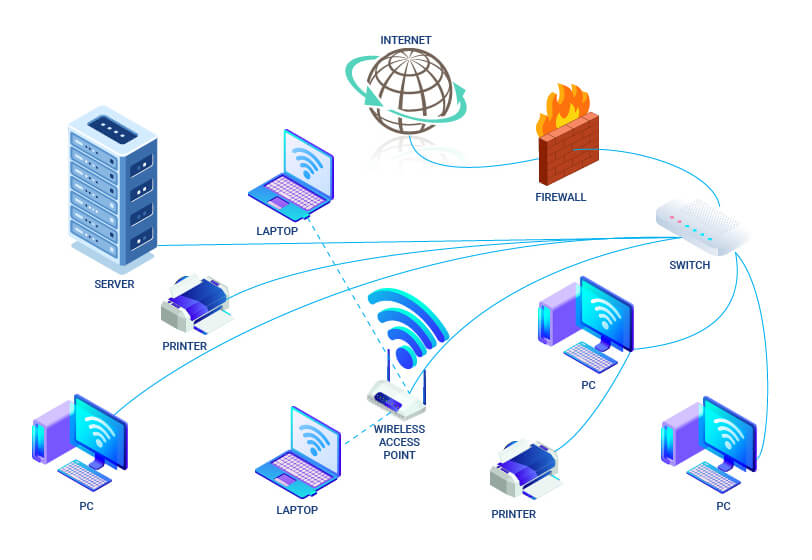
What is OSI model?
OSI is the abbreviation of Open Systems Interconnection model, that is an ISO standard for worldwide communications that defines a networking framework for implementing protocols in seven layers. Control is passed from one layer to the next, starting at the application layer in one station, proceeding to the bottom layer, over the channel to the next station and back up the hierarchy.
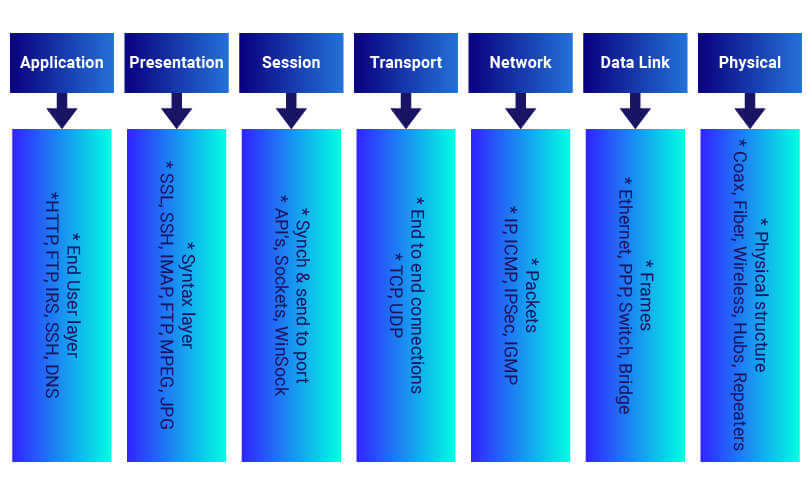
Network Topology’s
Network topology is divided into physical and logical topology. Physical topology refers to the way in which computers and other devices are connected. Logical topology describes the layout of data transmission in a network. There are the main types of topologies.
Bus topology is a where all devices are connected with a single cable. The topology works for small networks, but it is slow and collisions are common.
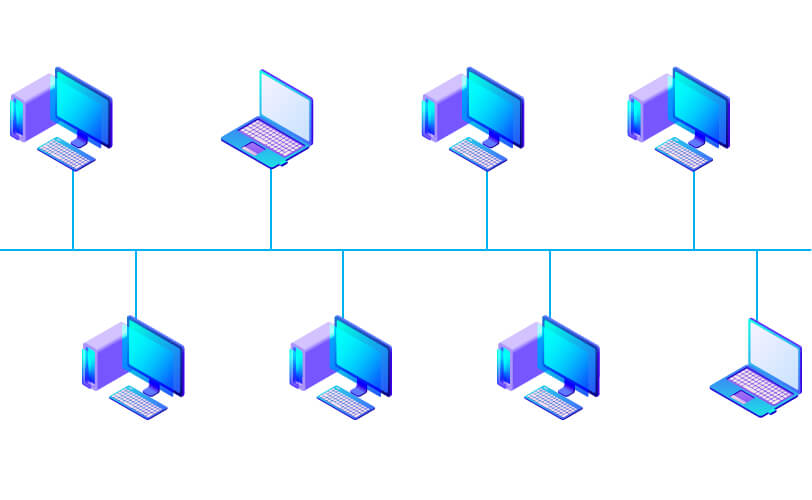
Ring topology is where the cable runs around where each node is connected to each other. There are fewer collisions compared with a bus topology. A token ring is used to avoid collision.
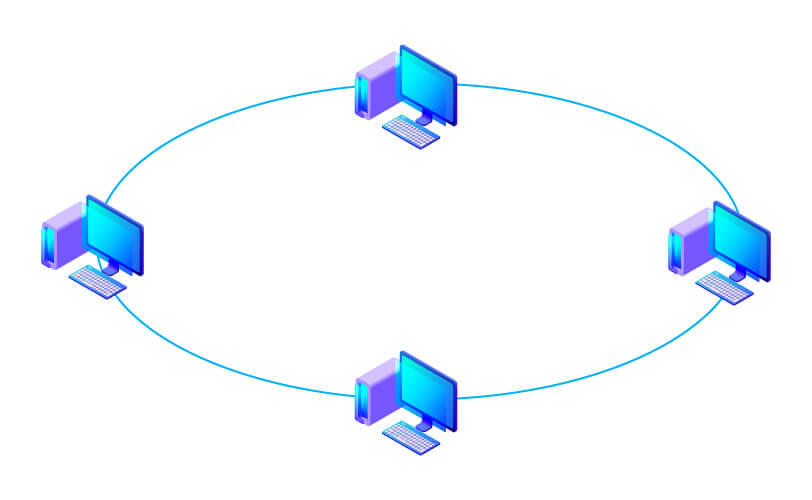
Star topology, In the star topology all the devices are connected to a central hub. There is a central management making it is faster in upgrading, but failure of the central hub brings down the entire network.
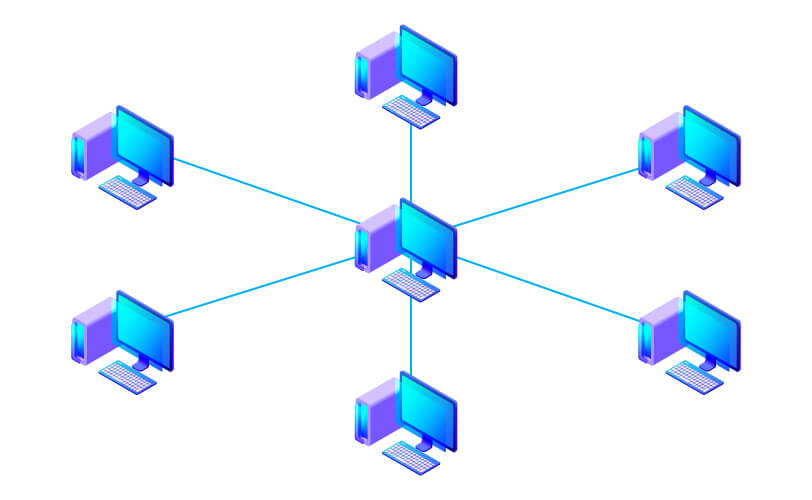
Mesh topology connects all the devices to each other for fault tolerance and redundancy to improve performance.
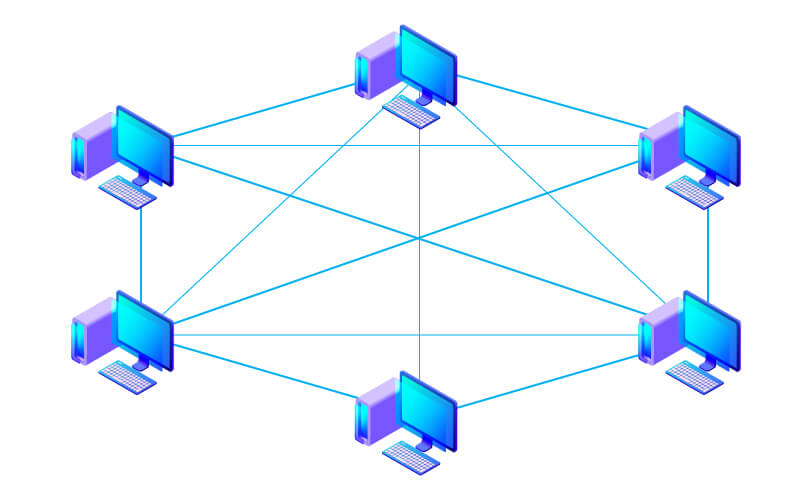
Tree Topology has a root node and all other nodes are connected to it forming a hierarchy. It is also called hierarchical topology. It should at least have three levels to the hierarchy.
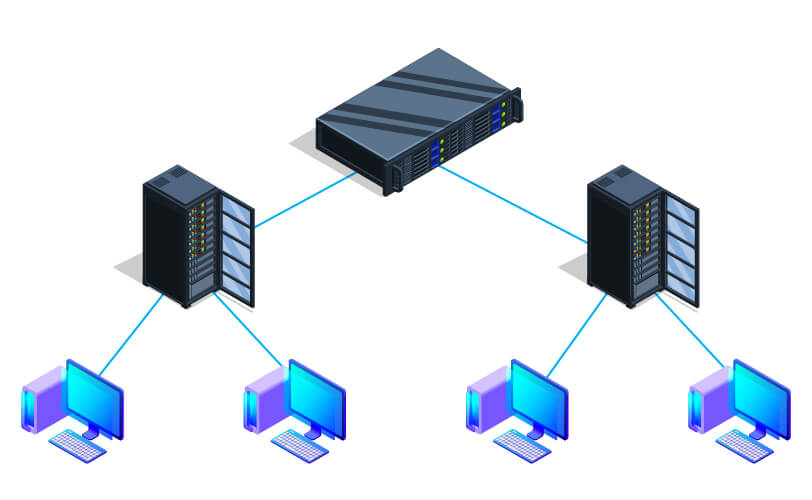
Hybrid is two different types of topologies which is a mixture of two or more topologies. For example, if in an office in one department ring topology is used and, in another star, topology is used, connecting these topologies will result in Hybrid Topology (ring topology and star topology).
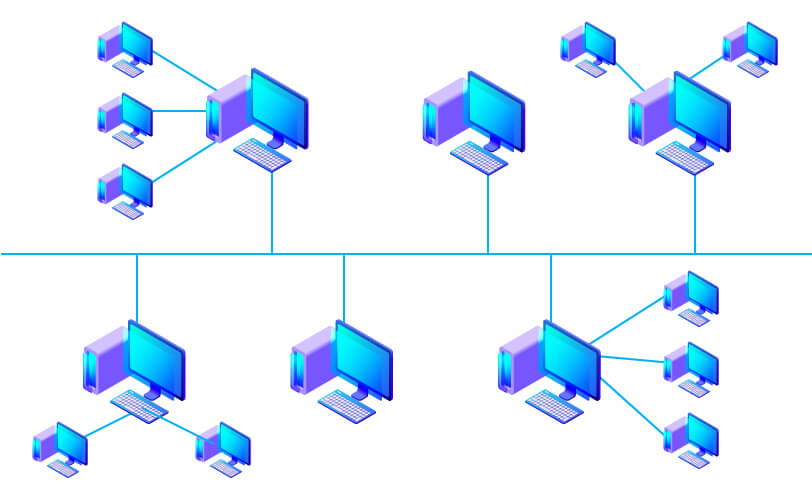
The concept of 10GbE Switch Topology is to connect a powerful gigabit Ethernet switch to each edge switches on 10GbE port. In this scenario no loop occurs and all access switch is much closer to the central switch data center. For redundancy concern, you can also double or triple uplink each access switch to the core switch.
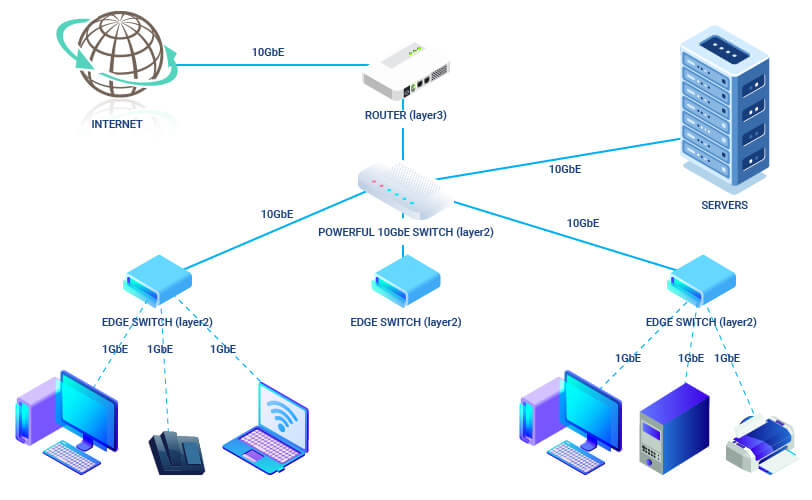
Related Posts |